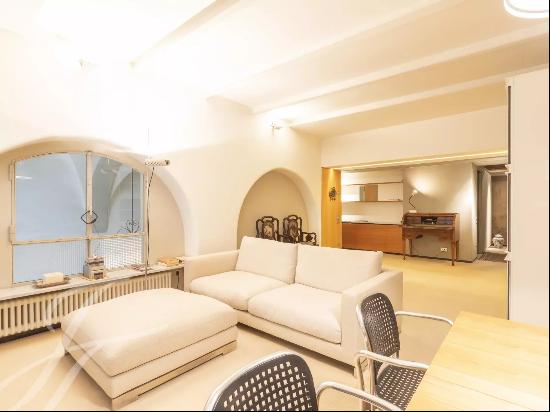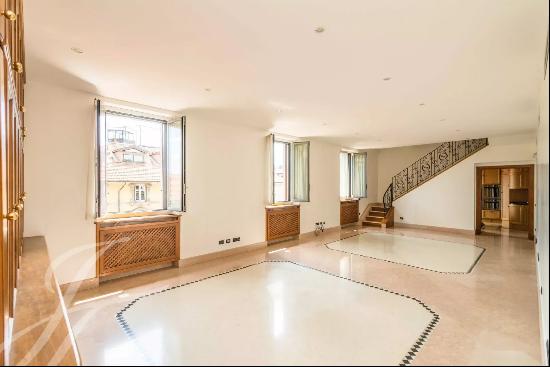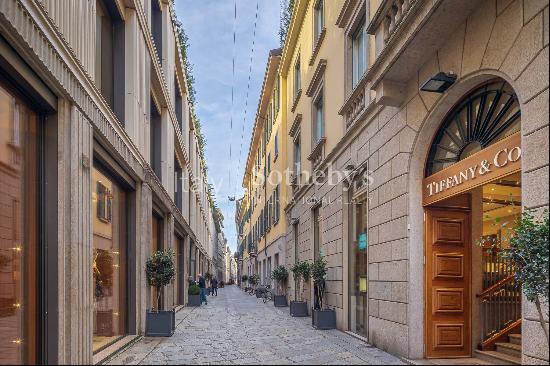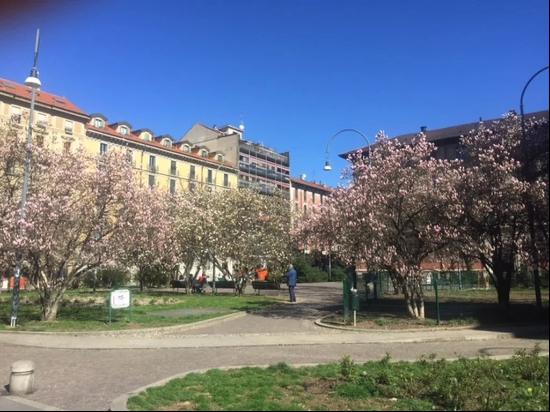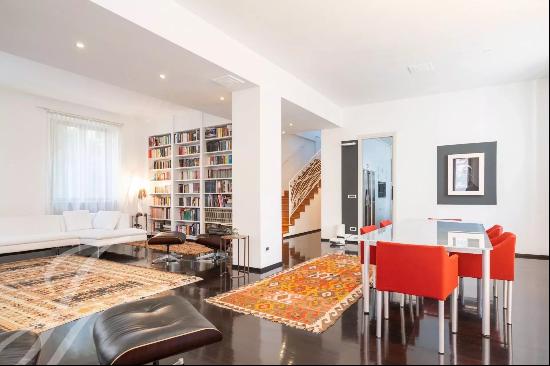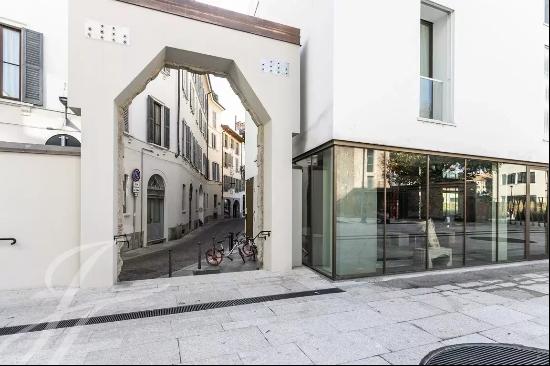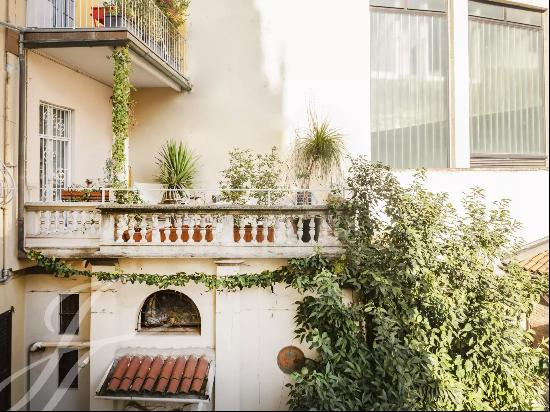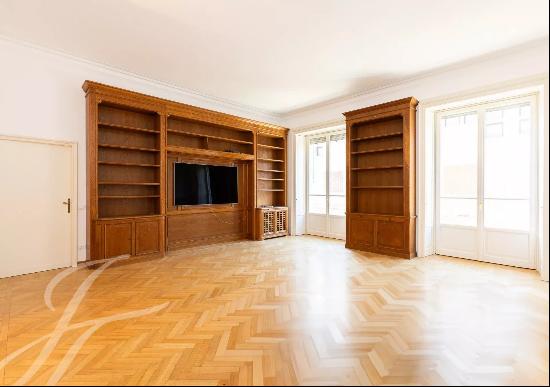
By Gabriele Salvatori
I can’t think of any other luxury product that remains as labour intensive to produce as marble. Even if you are just making marble tiles, the process of extracting the stone, working with it and even packaging it cannot really be industrialised. You will always need someone at the quarry checking the stone for cracks and visualising what you want to extract from it, just as Michelangelo did 500 years ago. Every step takes skill and expertise from transporting the huge 30 or 40 tonne block of marble to cutting it, polishing it and preparing the product to ship — all that effort would be for nothing if the tiles were cracked when they arrive.
Marble is probably the most expensive single material you could use in your house, but it’s not the cost that makes it special. Each piece of marble is unique, its veining and colouration telling the story of how it was formed hundreds of millions of years ago. And it will last as long as you want it to. There are sculptures and monuments made 6,000 years ago that attest to the durability of marble. Despite the environmental impact of extracting marble, this can make it a sustainable choice over time.
To me, there’s something romantic about marble, especially if you understand the time and work that has gone into it. Sometimes I think having marble in your home can be a little like owning a Patek Philippe; you just look after it for the next generation. There are just a few things you should consider if you are thinking about using marble in your home.

Work with an expert
It is a good idea to approach an interior designer or an architect if you’re interested in using marble. Once you have decided how you would like your home to look, they can help you narrow your choice down from the thousands of different types of natural stone available around the world. From there, you can choose a marble with the particular veining and characteristics that appeals to you.
Alternatively, you might find that you like the range offered by a marble specialist such as my company, Salvatori. We have already done our homework and curated a selection of beautiful stones that we also know are durable and versatile.
Consider where you will use it
I don’t believe it is possible to say one piece of marble is of a higher quality than another — it has all been made by Mother Earth. Of course, you might have a preference for a particular veining or colouration but that is the beauty of marble, it hasn’t come off a production line and we all respond to each piece differently. As long as it has been carefully quarried, no piece is going to be intrinsically better than another.

That said, there are chemical characteristics that make certain types of marble polish better than others, for example, or better for use in places where they will get wet, such as bathrooms and kitchens. Even then, if you really want to use a more absorbent marble, you would just need to keep on top of the maintenance, sealing the marble every year instead of every five years. At the end of the day, it really comes down to what a particular piece of marble means to you.
Look after it
As with any other natural material, such as wood, if you nurture the stone, it will stay beautiful. Over the years, it can acquire a natural patina and improve with use. You don’t need to do much to keep it looking good, just make sure you wipe up any spills as quickly as possible, especially if it’s lemon juice, the biggest enemy of marble – all marble is composed of calcium carbonate, which will react with citric acid. Using a good sealer can buy you time, however, and is quick and easy to apply.
Photography: Veronica Gaido


